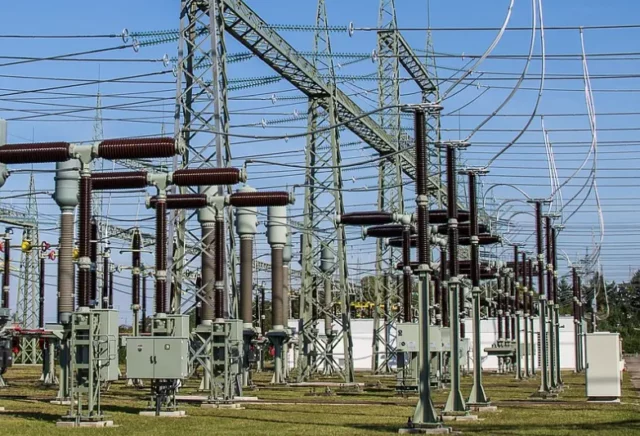The reliability of the entire power network largely hinges on the effective and efficient functioning of substations. Therefore, it’s fair to say that substations are the lifeblood of the whole power system. A key component of any substation is its grounding system. Without a secure and efficient grounding system, there's a risk of incorrect or failed operation of control and protection mechanisms. Consequently, the design of the grounding system is a critical aspect that demands significant attention across all substations.
There are two fundamental objectives of a reliable earthing system. The first is to safeguard individuals near grounded installations during an electrical fault, preventing the risk of lethal electric shock. The second objective is to establish a path with low electrical resistance to the ground for the flow of currents, both under standard operating conditions and in the event of faults. The earthing conductors, which form the grid and connect to all the equipment and structures, must have the thermal capacity to withstand the highest expected fault current for the necessary duration.
This paper provides good examples in grounding calculations for substations.

